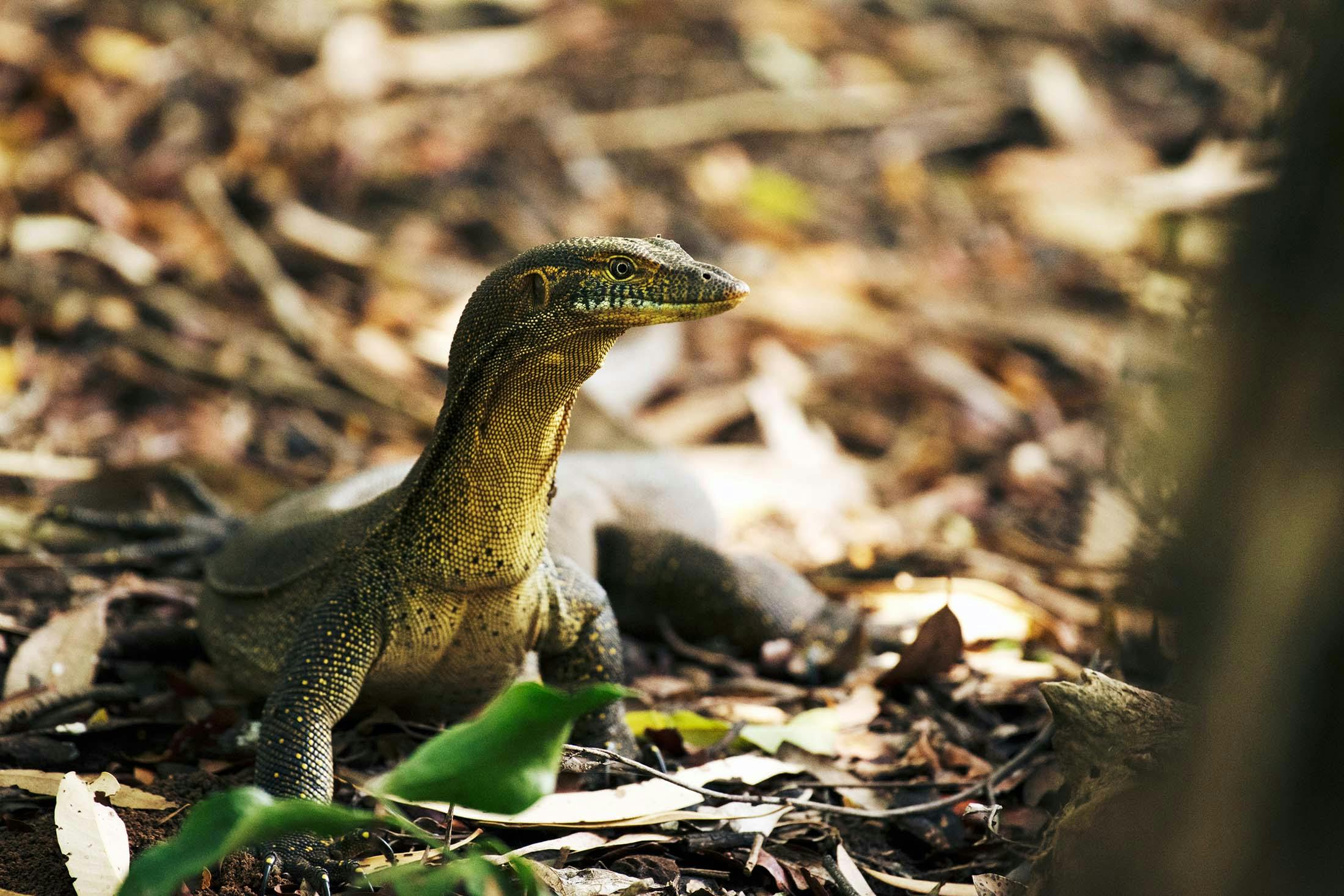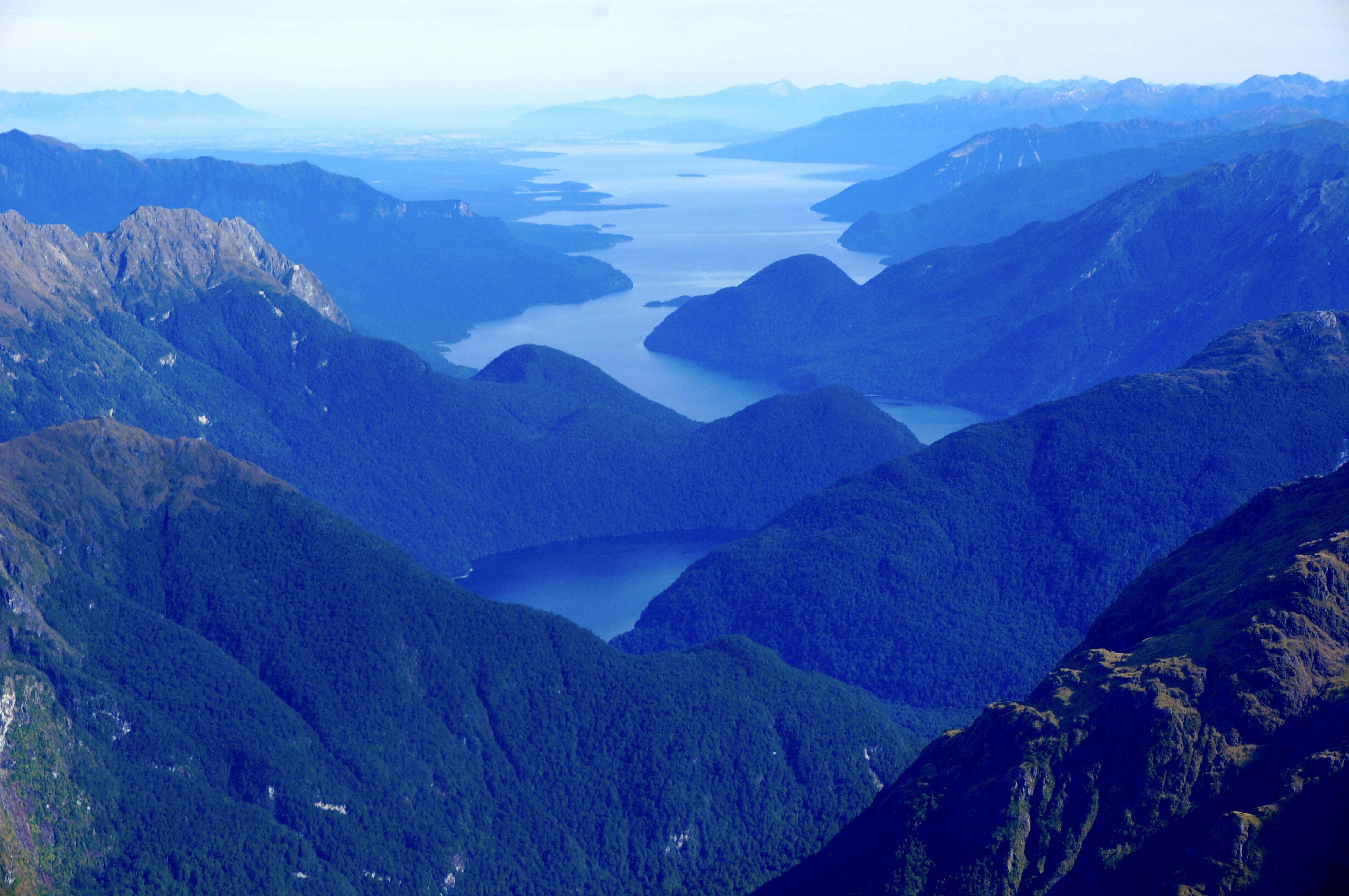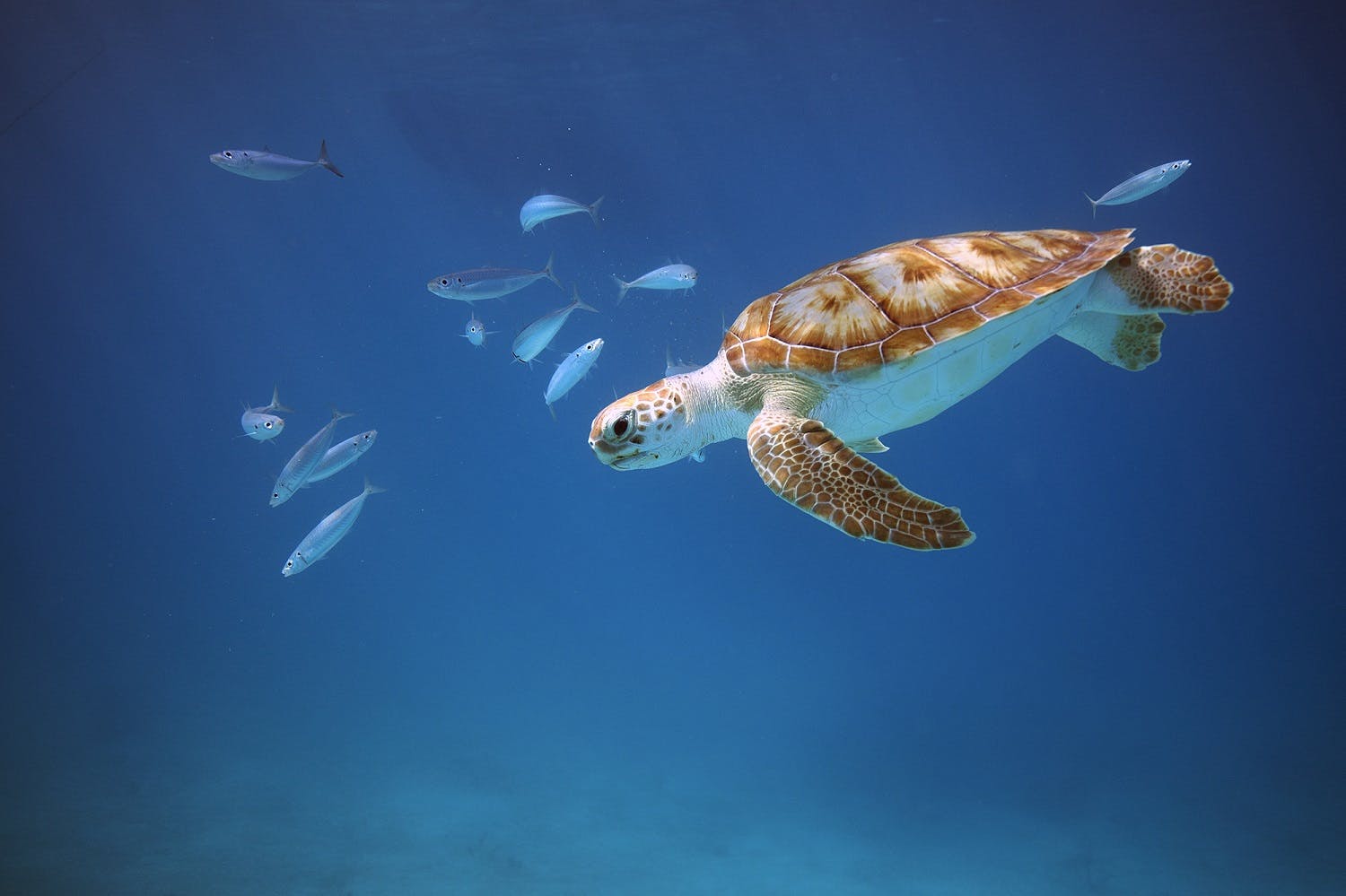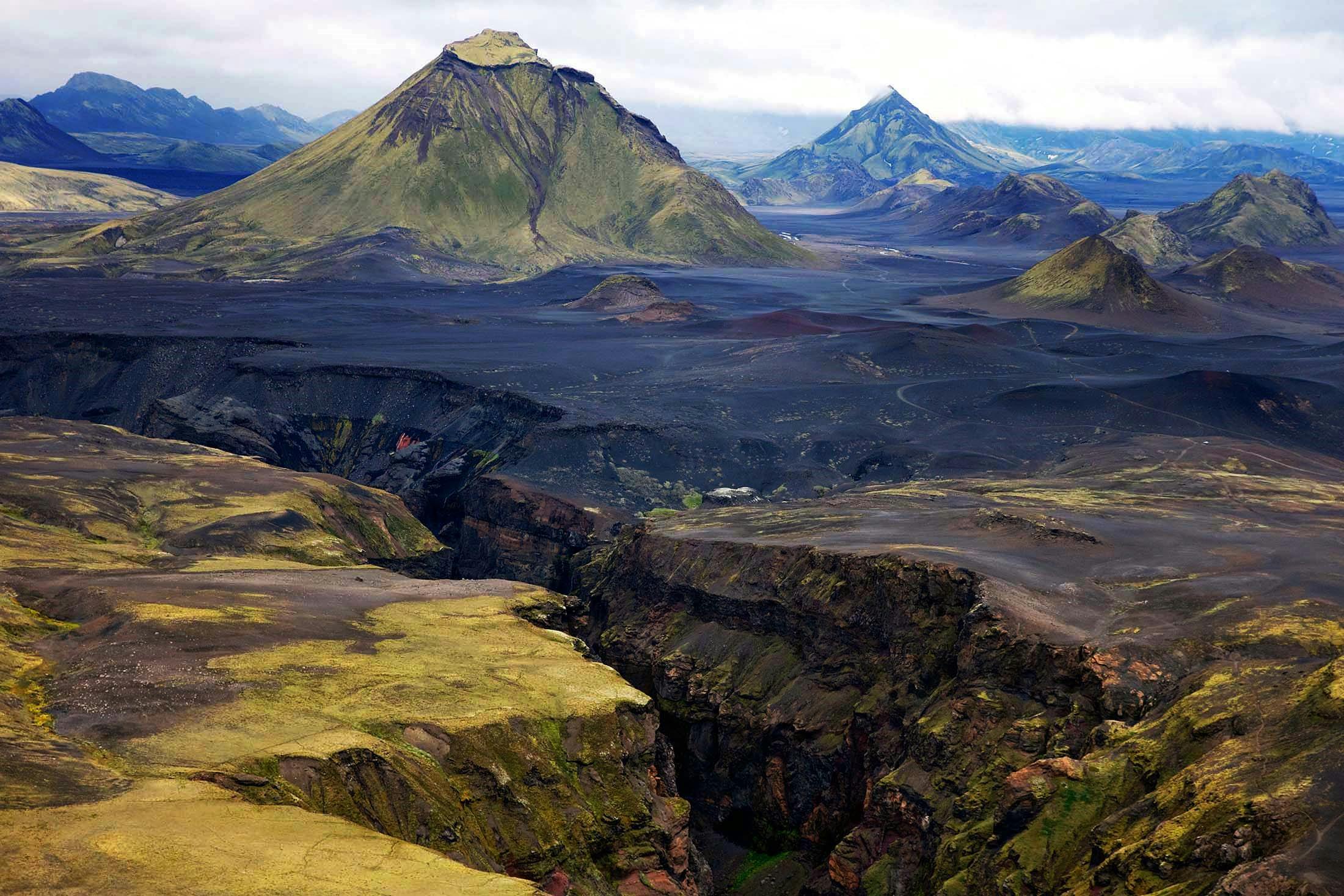Birdwatching in Australia? Look to the Ord River, a Haven for Wildlife
“Look to the left! There is a crocodile,” points out wildlife expert Malcolm Turner, as we slowly glide along the Ord River. From the moment we boarded the boat near Kununurra, Turner has had his binoculars firmly held to his eyes. It has paid off: In addition to crocodiles, he has spotted a myriad of bird species, from Australasian darters to great egrets and even a white-bellied sea eagle. Flying foxes can also be spotted in the trees.
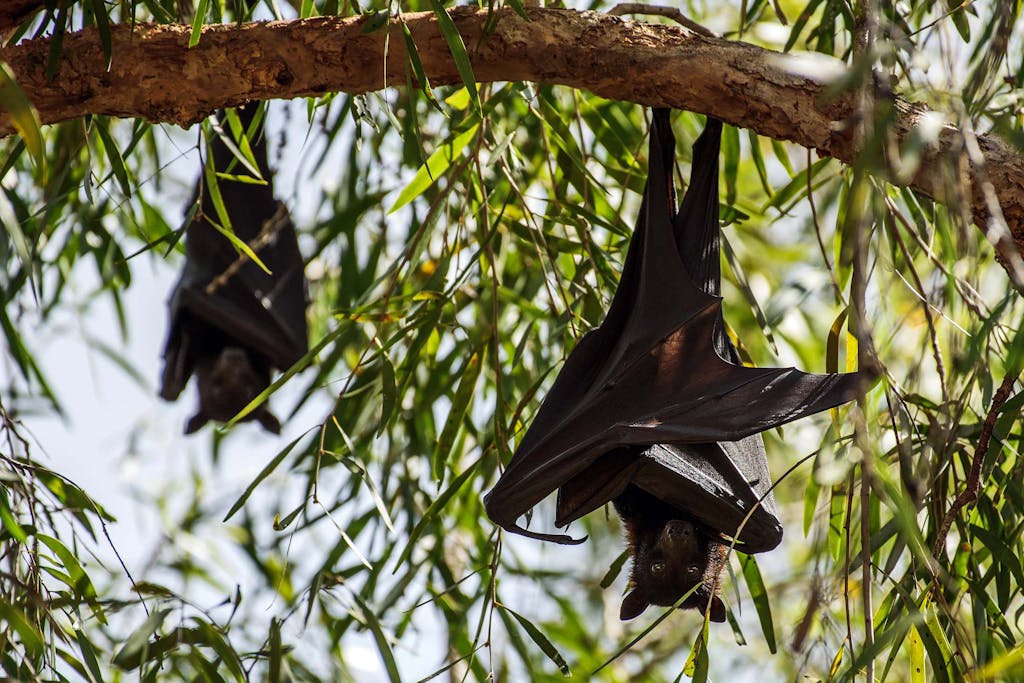
A bevy of birds, crocs and more
On a sandbank at the water’s edge, a freshwater crocodile is warming itself in the mid-morning sun. His jaws are open wide, exposing a toothy interior and his rough, damp skin shows signs of a recent swim. Turner explains how resting with his mouth fully open helps the crocodile to cool its brain while its body gathers heat from the scorching Kimberley sun.
“They start to get too warm, and opening their jaws allows air to pass over the membranes of the mouth, cooling the crocodile,” he tells me. I look on in wonder at this wild icon of Australia and feel extremely lucky to be here. Above the boat, two brahminy kites swoop and circle, as if they are dancing together. The sky above us is their dance floor.
The section of the Ord River we are exploring, known as Lake Kununurra, is a dammed body of water, home to a diverse range of wildlife. “It has enabled a permanent freshwater lake to exist in a desert landscape,” explains Turner.
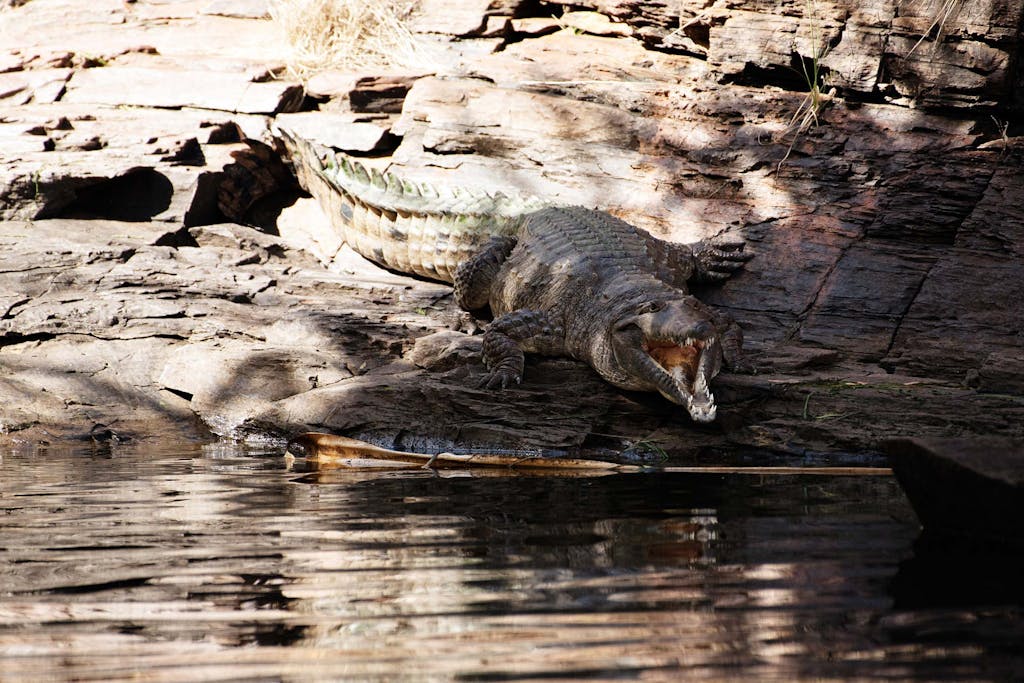
A rare wildlife haven
In the past, scarcity of water during the dry season made it difficult for wildlife to survive in the river systems of the Kimberley region of Australia. “By creating a permanent water source, with a steady water level, aquatic and wetland wildlife has flourished here,” Turner explains.
As if to prove his point, nature intervenes, and animals suddenly appear in abundance. First comes another open-jawed crocodile sitting on a log in the middle of the river, practically an ambassador of the Kimberley wildlife. Our boat glides quietly by, a dozen cameras focused on this splendid creature so close to us. “Lake Kununurra has the greatest density of freshwater crocodiles in Australia,” says Turner. “It is an ideal habitat, full of fish for them to hunt. Though they are smaller than their estuarine cousins, they are the largest freshwater species.”
On the banks, a male comb-crested jacana is spotted leading a line of chicks to shelter. With a vibrant, fleshy red wattle, white face and delicate elegance, they make exceptional viewing as they hop across the aquatic vegetation.
Turner slowly lowers his binoculars to point out a beautiful, brown-freckled osprey sitting on a leafless branch. He is a juvenile. As the boat nears, he turns his head to look at us — his mahogany brown eyes piercingly watching our every move. He spreads his glorious, speckled wings and there’s a little gasp from the boat as he takes off. Majestic, strong and distinct in his flight, the osprey circles us once before flying off into the distance.
These incredible wildlife encounters are one reason why Lake Kununurra tours are among the most sought-after excursions along the Ord River.

The unlikely success of a dam project
It’s not often you hear how industrial projects have benefitted both a community and the environment. But here, in this remote region of Australia, we find one of the world’s greatest success stories.
The first dam wall was built across the Ord River in 1963, to create a reservoir — and much-needed water supply — for surrounding agricultural land. Until then, the dry season would see the Ord transform into a series of small, disconnected pools and billabongs — useless for local communities attempting to build a farming industry. The creation of this dam also established the town of Kununurra as a base for those working on the scheme, creating jobs and a small economy.
The driving force behind the project was the Durack family, who established the first tropical farmland in the area in the 1940s and were the region’s pioneering cattle farmers. Eight years later, in 1972, another dam was built further along the Ord River — this time, closing a valley gap between the Carr Boyd Ranges. The dammed section became known as Lake Kununurra, while the water enclosed within the mountain range was named Lake Argyle. This project is classified as the Ord River Irrigation Scheme.
The damming allowed Lake Kununurra to be permanently full of water, regardless of the amount of rainfall throughout the year. It also created a wetland — the perfect tropical habitat for water birds, fish and reptiles such as freshwater crocodiles. Sometimes, the rarely spotted jabiru (black-necked crane) is also seen here.

The Ord River irrigation scheme didn’t just improve the lives of human residents. “Any major change in habitats has winners and losers, but this is one of the few large-scale land use alterations that has significantly improved the lives of many animals,” says Turner. “The lakes and irrigated farms have provided much more variety of habitat for wildlife.” It’s common for mammals and birds from the surrounding hills to gather near the lakes during the dry season.
All of a sudden, I’m intrigued. What would a naturalist who has spent many years exploring the Ord River find to be the most exciting wildlife to witness here?
“My favorite from this area is the great bowerbird,” says Turner with a smile. Intriguingly, the male spends months building an elaborate two-sided bower, a ground structure made of twigs woven together. “He calls to attract a female, who judges the male on this call, the quality of his display dance, and the skill and artistic merit of his bower,” Turner explains. “If she is impressed she enters the bower and allows him to copulate with her. More often than not, she is not enraptured and goes off in search of a better partner.”
As we continue on our way towards Lake Argyle, I keep my fingers firmly crossed for a sighting. This — the great bowerbird — is just one of the many fascinating creatures that could appear on our voyage.
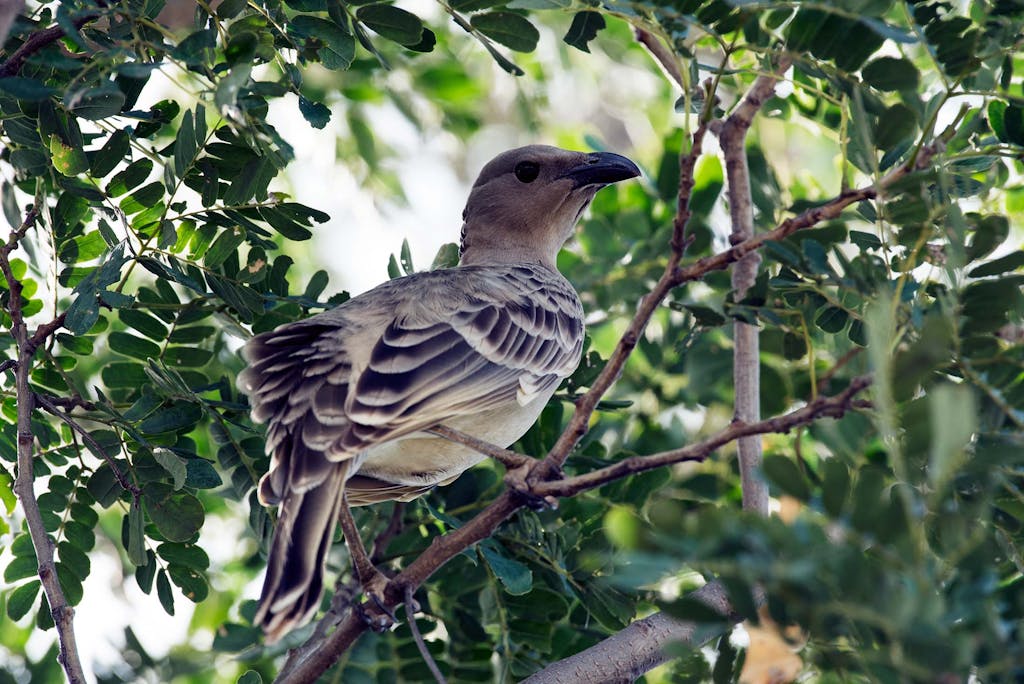
Want to experience epic birdwatching in Australia? Start by browsing these Silversea cruises to the Kimberley region.



